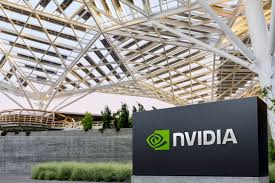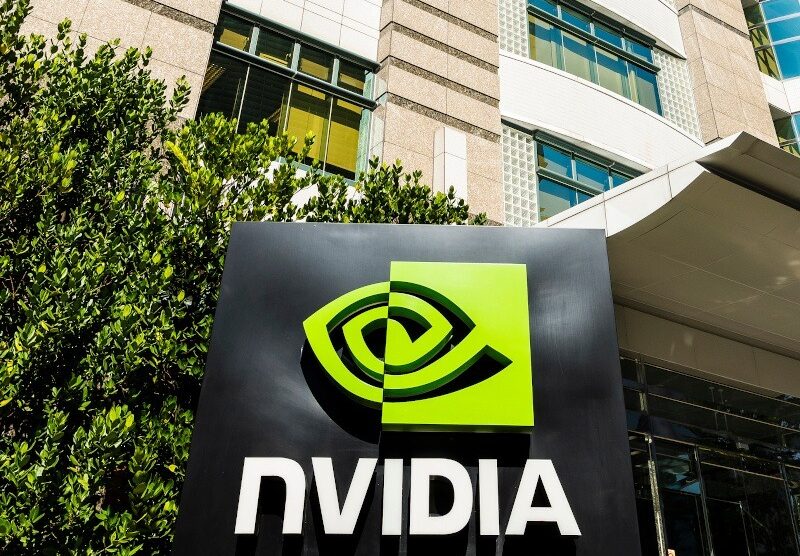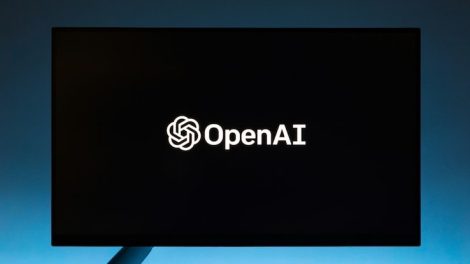Nvidia claims new AI model can generate new sounds has been making waves across both the tech and entertainment industries. This new development suggests that artificial intelligence is not only evolving in the realm of visual and text-based content but is also beginning to explore the auditory world in ways previously thought unimaginable.

This innovation is a part of Nvidia’s broader push into AI-driven creativity, aimed at offering more advanced tools for artists, creators, and developers. As AI continues to evolve, its potential to generate unique sounds opens up new possibilities for music production, sound design, gaming, and various other creative industries. In the past, AI systems have been able to manipulate existing sounds, but the creation of entirely new auditory experiences represents a significant leap forward.
The new AI model developed by Nvidia leverages cutting-edge machine learning techniques that allow it to understand the underlying patterns and structures in sound. With this, the AI can generate entirely new auditory experiences based on a set of parameters or by learning from existing sound libraries. This could lead to the creation of unique soundscapes for everything from video games to virtual reality experiences, potentially offering a more immersive experience for users.
A significant feature of this AI’s sound generation is its ability to create new sound effects from scratch. For instance, in video games, developers could use this AI model to generate realistic sound effects for new environments or characters. This would reduce the reliance on pre-recorded sound libraries, allowing for more dynamic and personalized auditory experiences. Moreover, it could also be applied in music production, where AI-generated sounds could lead to the creation of new genres or styles of music that would not have been possible through traditional means.
One of the more impressive aspects of Nvidia’s AI model is its adaptability. The AI is not limited to pre-existing sound templates but can evolve and adapt to new auditory input, creating something entirely fresh and innovative each time. This adaptability makes it a powerful tool for artists and creators who want to push the boundaries of sound design and music production.
While the potential applications of Nvidia’s AI-generated sound model are vast, there are also concerns about its impact on the industry. The introduction of AI-generated content has raised questions about the role of human creators in industries like music, film, and gaming. Could AI-generated sounds replace traditional sound designers, or will they simply serve as a tool for them to use in their work? These are questions that will likely be addressed as the technology becomes more widespread.
Moreover, the ability to generate new sounds raises important ethical considerations. For example, if an AI system is used to create sounds that closely resemble those of a particular artist or creator, who owns the rights to those sounds? This could potentially lead to copyright and intellectual property disputes, especially in industries where sound and music are central to a brand’s identity.
Despite these concerns, the technology is undoubtedly an exciting step forward in the AI field. Nvidia’s new AI model could redefine the way creators think about sound, offering unprecedented opportunities for innovation. However, as with any new technology, it will be crucial for regulators and industry leaders to establish clear guidelines around its use to ensure that it benefits creators and consumers alike without undermining the value of human artistry.
In conclusion, Nvidia’s claim of its AI model being capable of generating new sounds is not just an exciting development for AI enthusiasts but also for anyone involved in sound creation, from musicians and sound designers to game developers and filmmakers. While the full implications of this technology are still unfolding, it represents a major leap in the intersection of AI and creativity. Whether it will become a standard tool in the creative industries or remain a niche technology remains to be seen, but one thing is clear: AI’s potential in the realm of sound is vast, and we are only beginning to scratch the surface.
This advancement opens up a new frontier in both AI and the world of sound production. As this technology evolves, it will likely continue to blur the lines between what is created by machines and what is created by humans, forcing industries to rethink their processes and their relationship with AI. Ultimately, as AI tools become more accessible, they may very well become integral components of the creative process, enhancing rather than replacing human creativity.










Add Comment